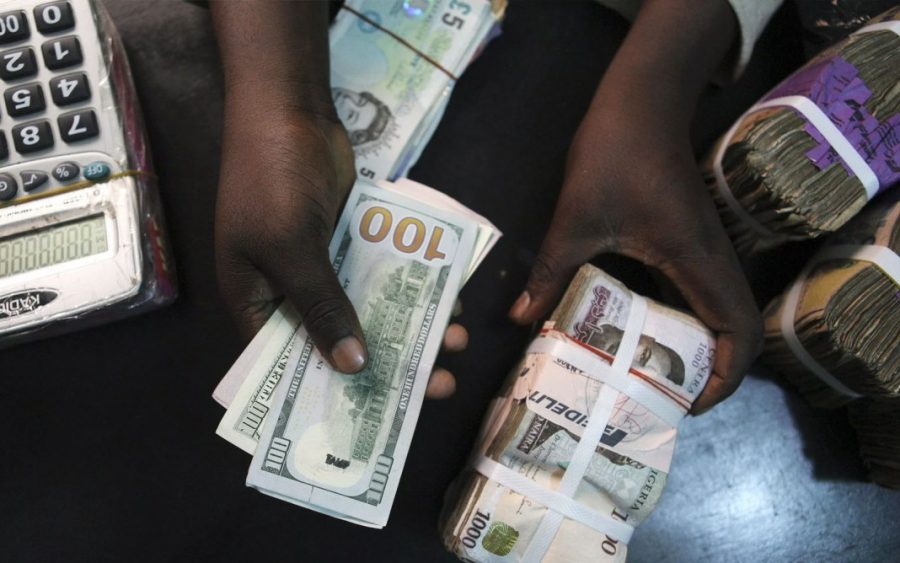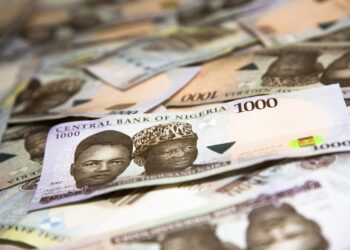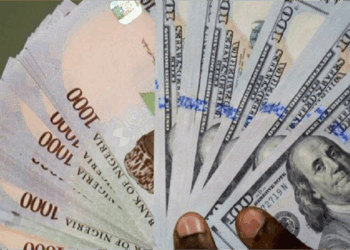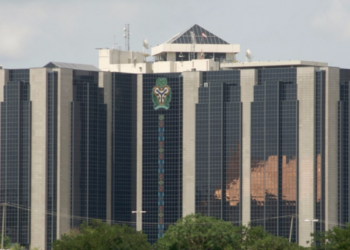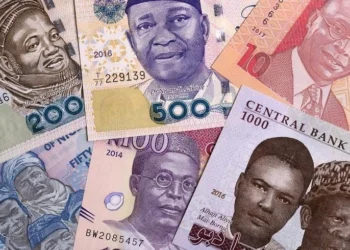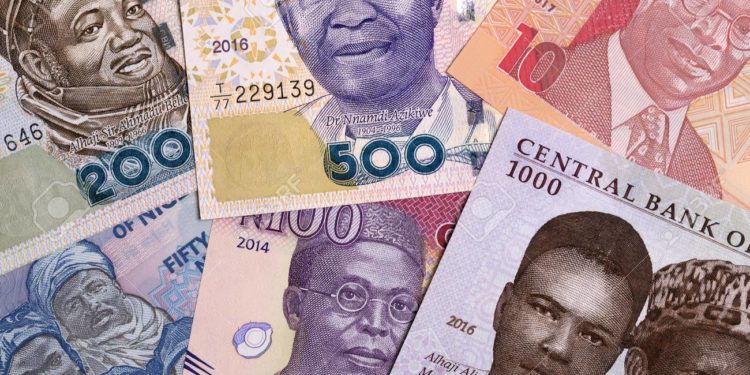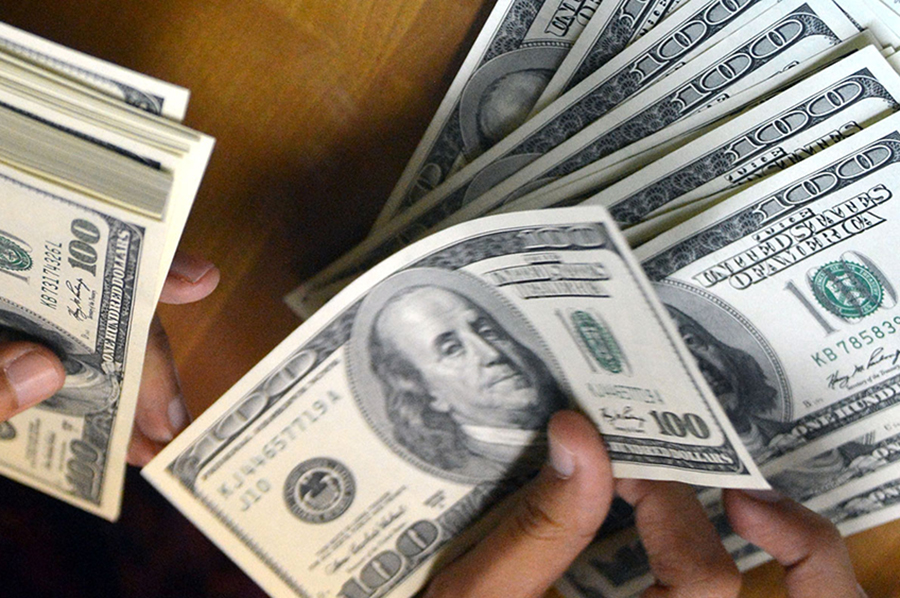On January 13, 2021, the exchange rate between the naira and the dollar closed at N393.33/$1 at the NAFEX (I&E Window) where forex is traded officially, an appreciation from the N394 recorded on the previous trading day, 12 January 2021.
However, the exchange rate at the black market where forex traded unofficially appreciated marginally at N474/$1. The exchange rate at the parallel market closed at N475/$1 on the previous trading day of 12 January 2021, representing a N1 gain.
READ: Naira stabilizes at black market as external reserve rises by $515 million in 12 days
- The naira has largely maintained stability since the beginning of the year after only depreciating twice this year. The naira traded at N470/$1 for almost 2 weeks since the 29th of December 2020.
- The exchange rate disparity between the parallel market and the official market is about N80.67, representing a 17% devaluation differential.
READ: Naira gains at NAFEX window as CBN squashes early devaluation thoughts
NAFEX
The Naira appreciated against the dollar at the Investors and Exporters (I&E) window on Wednesday, closing at N393.33/$1 as against N394 reported on 12 January 2021, representing a 67 kobo gain over the closing rate a day earlier.
- The opening indicative rate was N396.67 to a dollar on Wednesday, representing a 28 kobo gain when compared to the N396.95 that was recorded on Tuesday, January 12, 2021.
- The N413.90 to a dollar was the highest rate during intra-day trading before it closed at N393.33 to a dollar. It also sold for as low as N388/$1 during intra-day trading.
- Forex turnover at the Investor and Exporters (I&E) window declined by 52.2% on Wednesday, January 13, 2021.
- According to the data tracked by Nairametrics from FMDQ, forex turnover dropped from $36.07 million on Tuesday, January 12, 2021, to $17.23 million on Wednesday, January 13, 2021.
- At $17.23 million, forex turnover is the lowest since October 21, 2020, when turnover was just over $6 million.
- The average daily forex sale for last week was about $169.93 million, which represents a huge increase from the $34.5 million that was recorded the previous week.
- The exchange rate is still being affected by low oil prices, dollar scarcity, a backlog of forex demand and a shaky economy that has been hit by the coronavirus pandemic.
READ: FG borrows N2.8 trillion from CBN via Ways and Means
Oil Price steady rise
Brent crude oil prices rose to $55.97 per barrel on Wednesday, the highest since February 2020, a strong sign that global demand could sustain price increases in 2021.
- Nigeria’s crude oil price benchmark for 2020 was $40 while it projected an oil production output of 1.8 million barrels per day.
- Nigeria has a production capacity of 2.5 million barrels per day but is subject to OPEC’s crude oil production cuts, which are expected to help sustain higher oil prices.
- The higher oil prices and steady production output have positively impacted Nigeria’s external reserves rising sharply to $36.218 million according to central bank data dated January 12, 2020.
- This is the highest level since July 2020 and a sign that higher oil prices and steady output levels may be contributing significantly to Nigeria’s foreign exchange position.
READ: Naira falls at black market despite over 100% improvement in dollar supply
Nigeria rising external reserves
- The external reserve is about 5% off the $38.2 billion held as at this time last year.
- Nigeria needs the external reserves to hit $40 billion if it is to adequately meet some of the pent up demand that has piled up since 2020 when oil prices crashed and the pandemic caused major economic lockdowns.
- Nigeria is also close to obtaining a World Bank $1.5 billion facility which will boost external reserves when it is disbursed.
- Nairametrics understands that the central bank might be required to devalue further and relax some of its capital controls if it is to receive the funds from the world bank.

